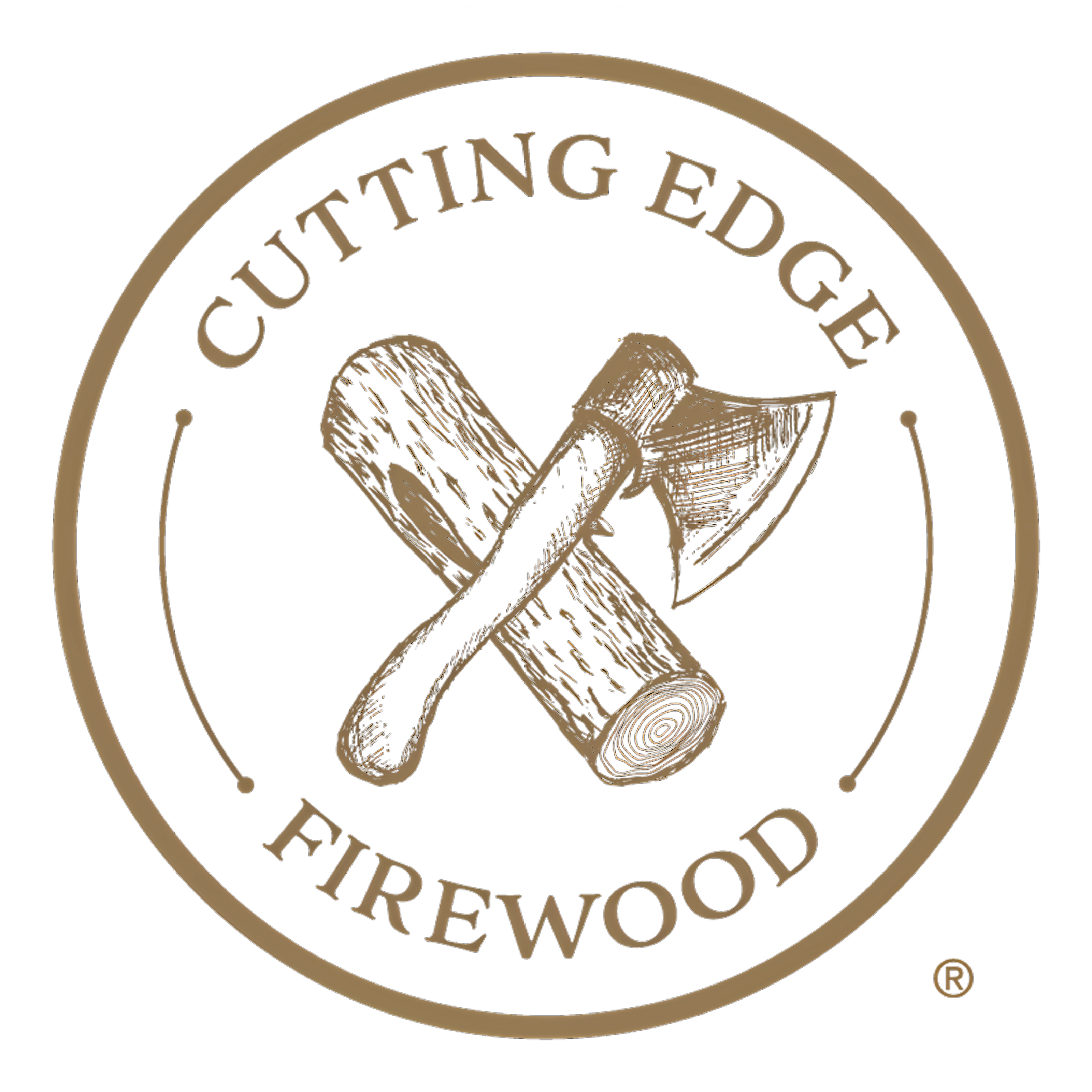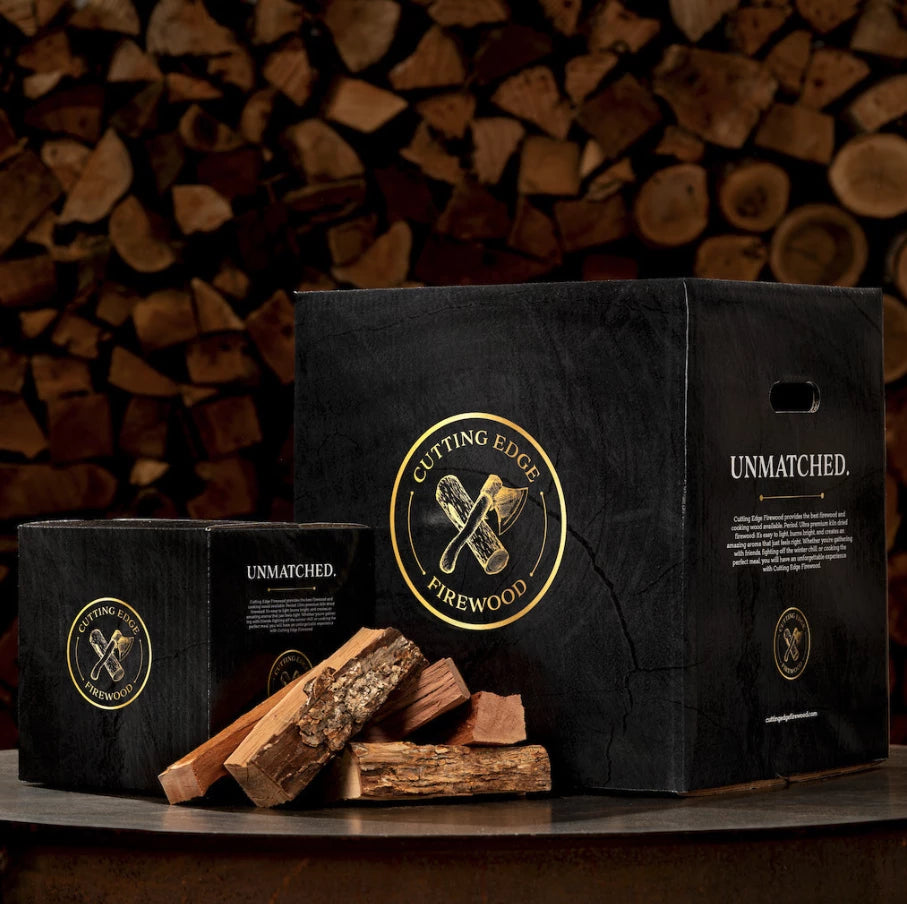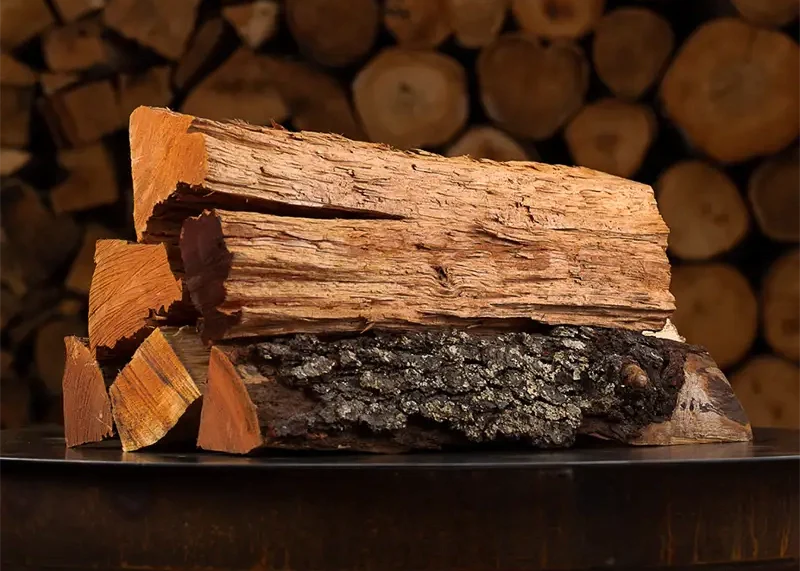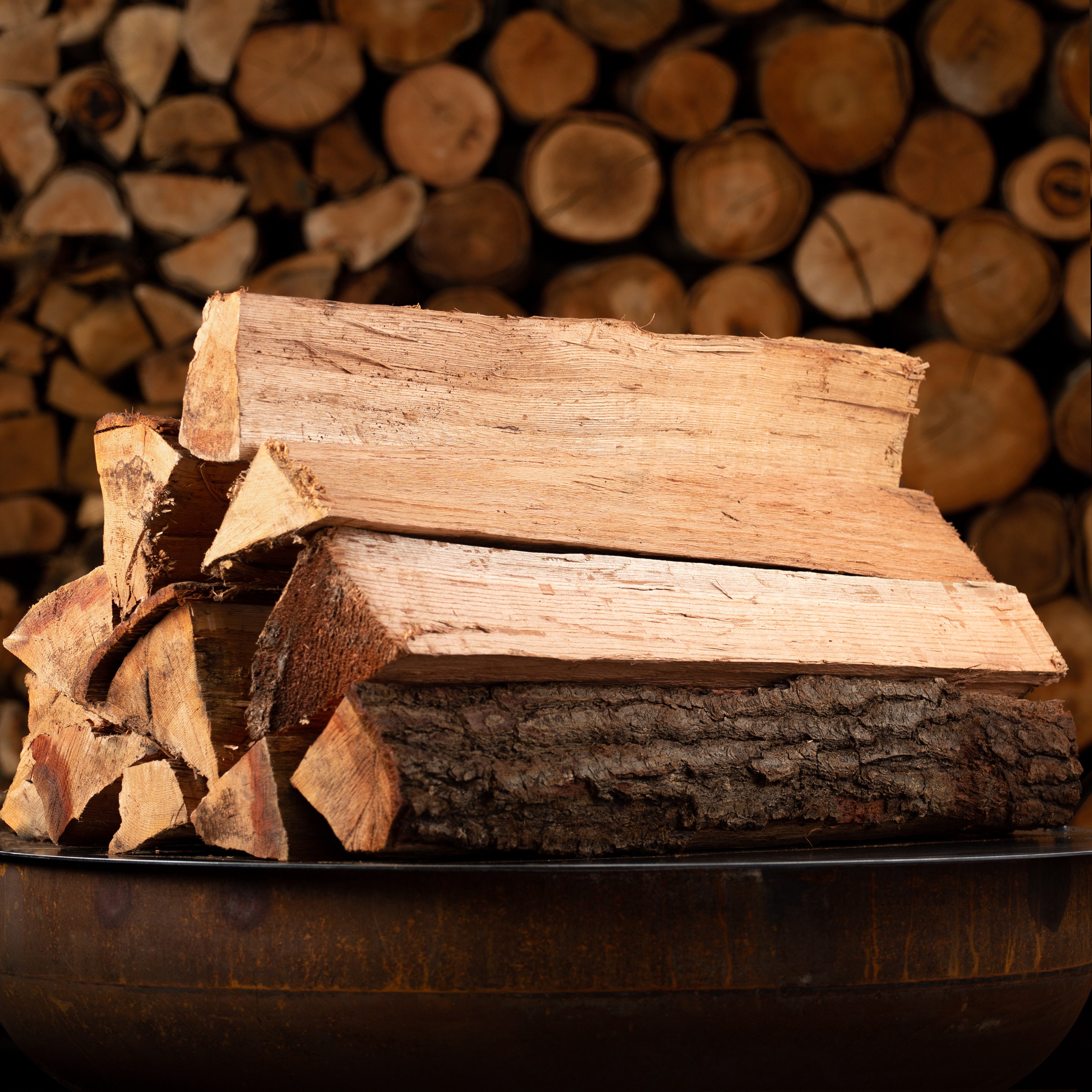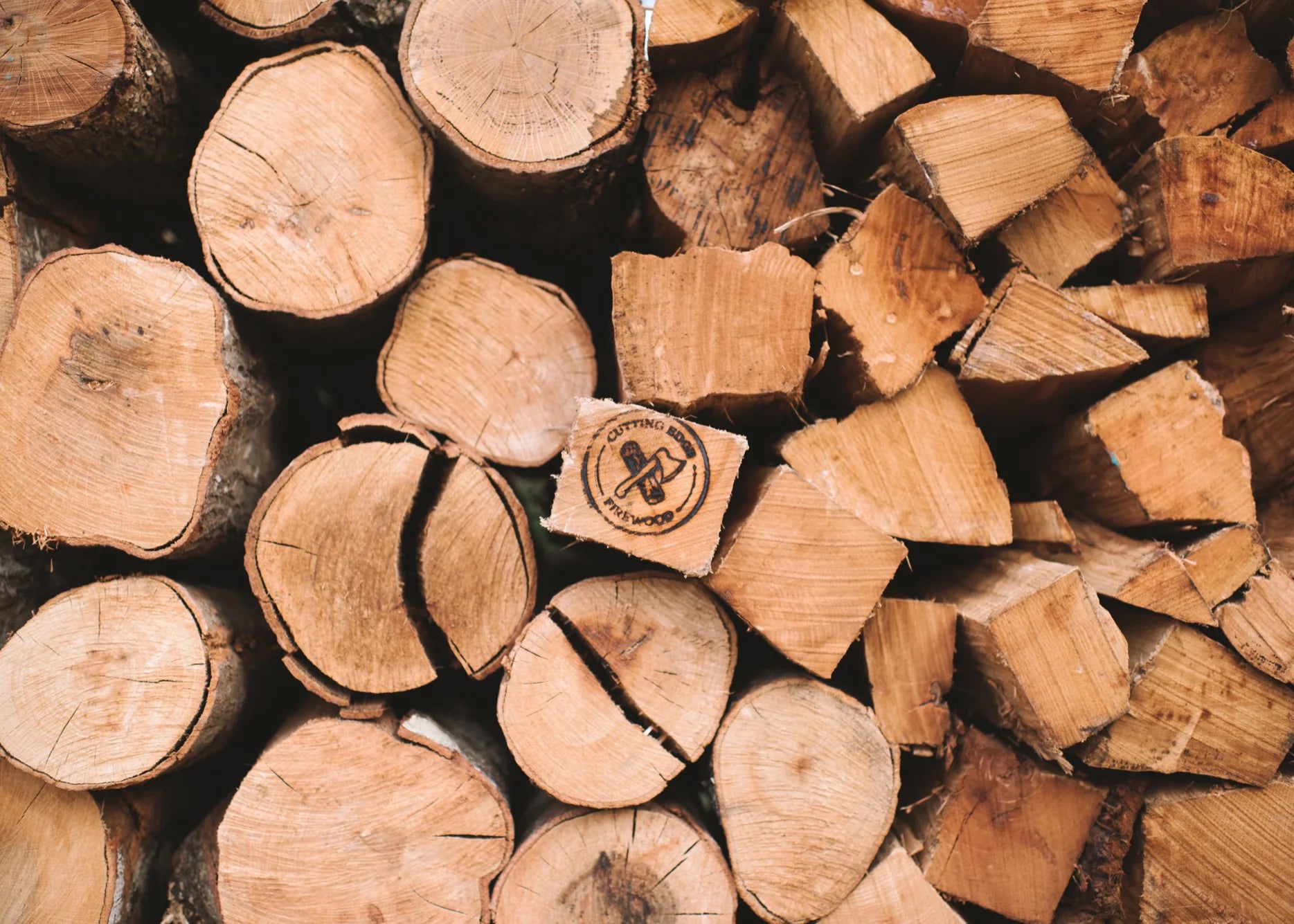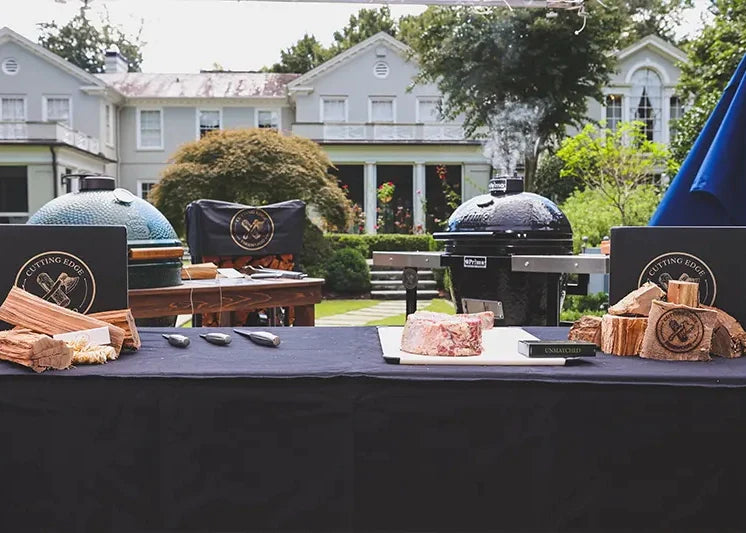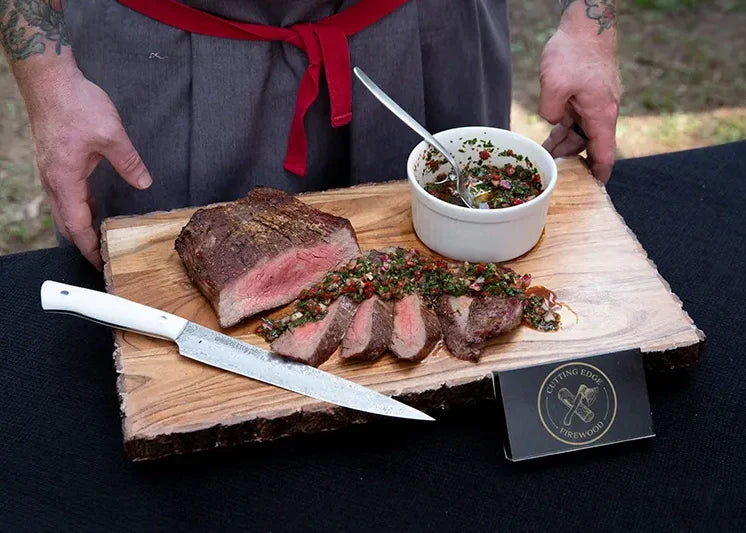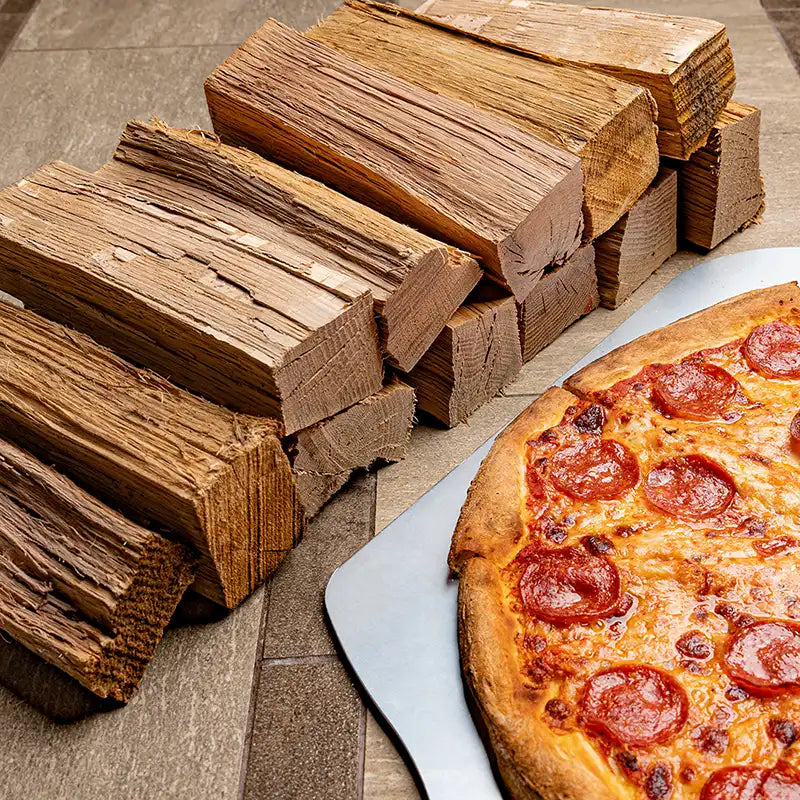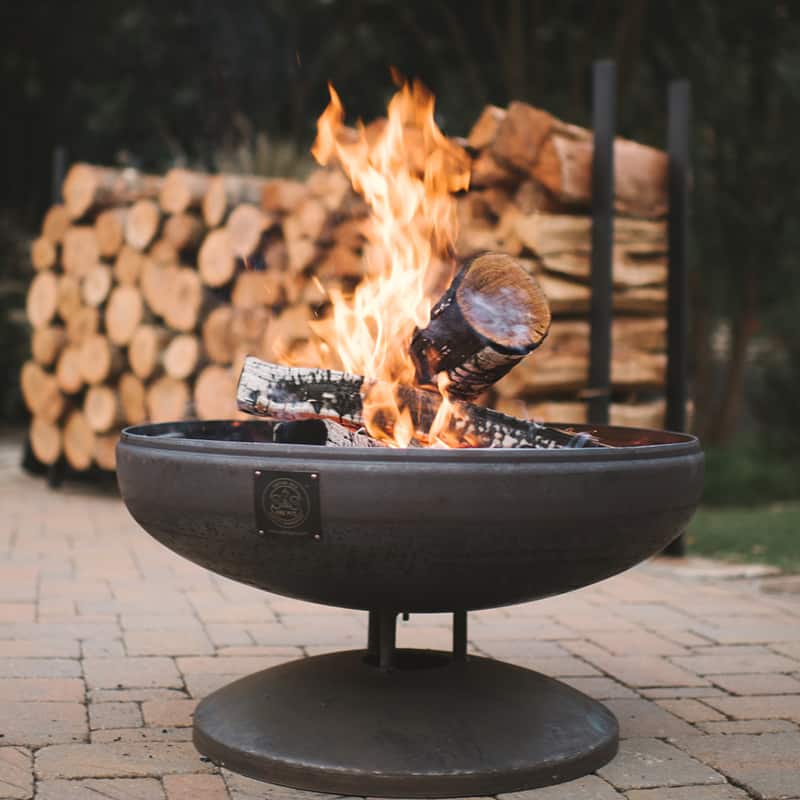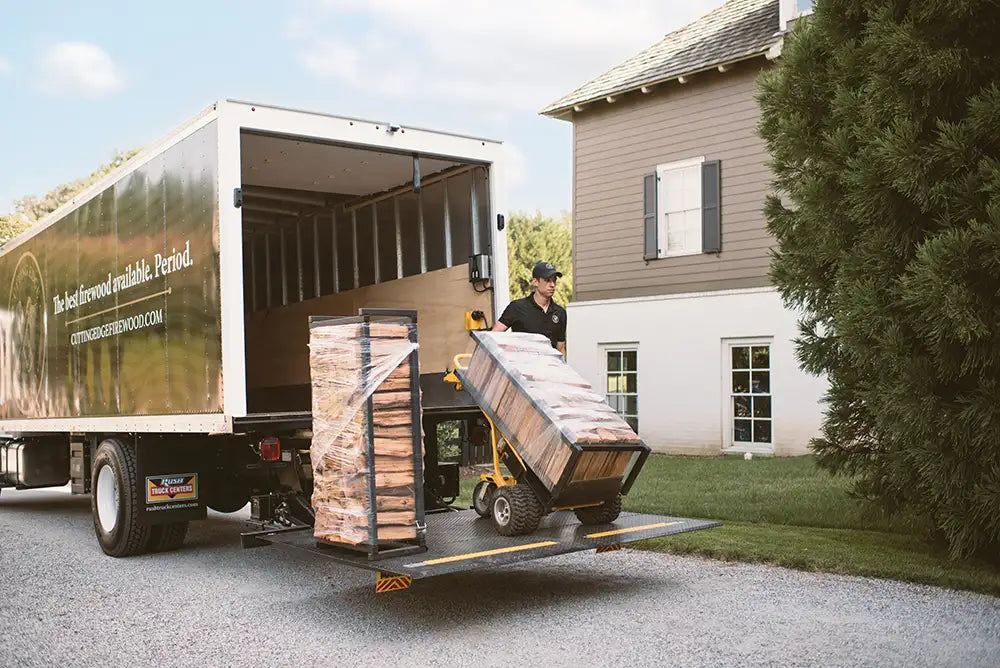Spring is in the air, and summer is just around the corner. In neighborhoods all across the land, folks are scrubbing grills and grates, sweeping off the deck, and dusting off tongs and spatulas, getting ready for the best time of the year…grilling season!
That means, once again, that countless patio pit-masters are asking the age-old question of outdoor cooks everywhere…should I be cooking with charcoal or wood?
Let’s take a look at our options and see which one is right for you.
Cooking with Charcoal
Few things are more ubiquitous than that 20lb bag of charcoal sitting in the grass next to the grill.
Charcoal has been a long-time favorite heat source for outdoor cooking. Although it basically adds no flavor, it can create extremely hot temperatures, allowing the meat to be seared at temperatures from 500-800 degrees.
Most charcoal users have two standard options, charcoal briquettes or lump charcoal.
Briquettes
Briquettes, those uniform little pressed black squares that are the staple heat source of the casual barbecue-er and backyard griller, are typically made of charcoal and often an added binder like cornstarch, sawdust, and sodium nitrate. Briquettes produce more ash as they burn, causing them to cap out at a lower heat than lump charcoal.
Lump Charcoal
Lump charcoal is made from pieces of hardwood, without any additives or shaping, that are burned down to coal using a low oxygen oven to pure carbon, also known as char.
Some BBQ aficionados will only use lump charcoal, which they claim produces a “cleaner” taste in the finished product.
In many places around the world, charcoal is the preferred cooking material. It’s often favored for its lack of smoke, ease of use, and transport, and the cubes are a convenient size and ready to use with no additional prep or drying time required.
Charcoal often burns hotter than wood, especially home-cured wood, because it contains less residual moisture, allowing it to burn hotter and longer. Charcoal also provides a more consistent burn, with less of the heat fluctuations that can be found in wood depending on the species and pockets of moisture content.
Charcoal can typically be counted on to provide the same burn every time.
Cooking with Wood
Ultimately, most professionals will say that given the wider ranges and depths of flavor, as well as the higher possible temperatures, cooking with wood is better.
Cooking food over burning wood is the oldest method of cooking known to man. Even now, with modern gadgets ranging from microwave ovens to gas-powered grills, cooking over live fire, whether grilling or slow-smoking, is seeing an ever-growing resurgence in popularity due to its recreational enjoyment and the delicious flavors it imparts.
Some eschew wood for charcoal because they’ve been taught that a wood fire can’t reach the same high temperatures as charcoal, making it less attractive for foods requiring high-heat searing. This is simply not the case, however, as the temperature achieved by wood depends largely on the quality of the wood. Lower quality, or incorrectly aged wood produces lower temperatures.
This is why it’s important when using wood to cook, to rely on a high-quality product that’s been prepared properly to achieve the best results.
It’s All About the Flavor
Unlike charcoal, cooking with wood provides an endless range of flavor combinations and possibilities, as every wood has distinct smoke characteristics.
For example, hickory or mesquite is often paired with more flavorful meats like beef and pork to add a rich, nutty flavor, while the subtle floral sweetness derived from fruit woods like apple or cherry tend to be preferred for milder ingredients like poultry or fish.
Once the wood has been processed into charcoal, all of those flavor-adding attributes disappear and what’s left is simply a heat source.
Food grilled fast over high heat or slowly bathed in mild smoke for hours…there may be better things in life but it’s hard to think of them right now.
Like politics and religion, people get passionate about their BBQ, ardently preaching the ways that have been handed down to them and reluctant to stray far from the accepted practice.
But why limit ourselves to one technique, when we can enjoy the best of both worlds?
Cooking over a combination of wood and charcoal is becoming ever more popular, combining the consistency of charcoal with all of the flavor possibilities of wood.
It’s also a great place for beginning grillers to start as the reliability of the heat allows them to focus on the cooking without getting distracted by “tending the fire.
Most charcoal grills can easily accommodate wood chunks or 1-2 inch splits up to 8 inches long.
Simply adding a few chunks or splits of high-quality hardwood to a perfectly burning bed of glowing coals (just before you put your food on the grill) can be the secret to taking your outdoor cooking to the next level!
